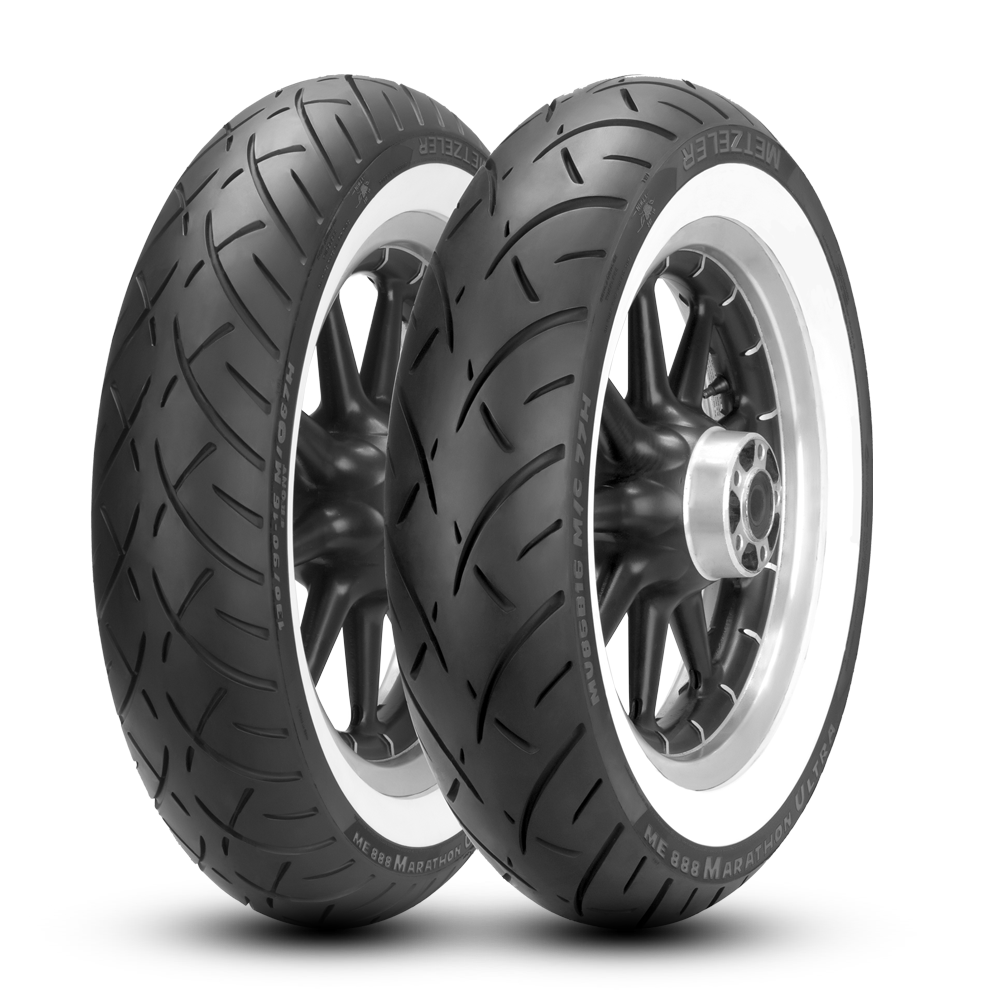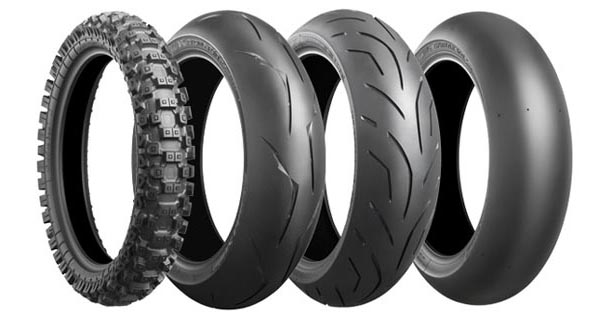Shop for well-reviewed Motorbike Tyres to enhance your bike’s performance.
Everything About Motorbike Tyres: A Comprehensive Overview for Fanatics
For bike enthusiasts, recognizing the complexities of their device's tyres is an essential aspect typically ignored. This guide, 'All Concerning Bike Tyres', opens the elaborate globe of tire types, sizes, and specifications, all straight affecting performance and safety and security. It exceeds mere knowledge, giving workable pointers for maintenance, selection, and replacement. One can not aid but question what subtle transformations this newfound wisdom might give their following experience.
Comprehending the Fundamentals: Various Kinds of Motorcycle Tyres
In the globe of motorcycling, tyres play an essential role, not only in making certain a safe ride but likewise in improving the general efficiency of the bike. They can be found in various types, each created for certain riding problems and efficiency needs.

Then there are dual-sport tyres, which provide a balance in between on-road security and off-road grip. Racing tires, used for track racing, offer optimal grip yet have a very brief lifespan.
Understanding these types and their specific features assists cyclists choose the right tyre for their riding style and conditions, thus ensuring optimal efficiency and security. Such understanding forms the foundation before diving into tyre dimensions and requirements.
Exactly How to Decode Your Motorcycle Tyre Dimension and Specifications
Having a firm grasp on the different kinds of bike tires leads normally to a much deeper understanding of their dimensions and requirements. This expertise is vital for preserving maximum efficiency and security. The tyre's dimension and specs are typically shown on the sidewall. The very first number represents the width of the tyre in millimeters. The second number, adhering to a slash, is the facet proportion or the height of the tyre's sidewall expressed as a portion of the size. The last number, if it's preceded by an 'R', indicates the edge size in inches.
Particular letters may adhere to these numbers, representing speed ranking and tons index. For instance,'M' stands for a maximum speed of 130km/h, while '70' suggests a tons carrying ability of 335kg. Such complex information can significantly affect a motorcycle's efficiency. Therefore, it's vital for cyclists to recognize exactly how to translate their motorbike tire dimension and requirements.
Choosing the Right Tire for Your Riding Design and Conditions
Picking the right tyre for your bike is not a decision to be taken gently. It's critical to think about the kind of riding one does frequently; whether it's commuting, exploring, off-roading, or sporting activities riding, each design requires a various kind of tire. As an example, sporting activity bikers might select performance tires that provide outstanding grip and rate, while travelers could choose tires made for sturdiness and convenience.
Furthermore, the riding conditions play a significant role. For wet and snowy conditions, tyres with deep tread patterns and softer rubber compounds are perfect as they offer far better grasp and grip. Alternatively, for completely dry problems, more difficult rubber compounds are recommended for their long life. Eventually, comprehending your riding design and the conditions you'll deal with aids in picking the appropriate tire, improving both security and performance. Keep in mind, a tire mismatch can lead to endangered handling and safety risks.
Tips for Preserving Your Motorcycle Tyres for Optimum Efficiency
Correctly maintaining your bike tyres considerably increases their efficiency and durability. Regular examination is an important part of this process. Cyclists need to try to find signs of damage, such as cuts, punctures, or irregular wear patterns that may suggest alignment issues.
Cleaning is another crucial element of tyre upkeep. Removing debris and crud not just enhances the tire's look but additionally protects against premature wear. A gentle scrub with a soft brush and soapy water is usually adequate.
The duty of tyre rotation can not be marked down. By alternating the tires' positions, one can ensure even wear and prolong their life-span.
Ultimately, the biker must always keep track of the tyre's walk depth. A shallow walk can endanger hold, leading to harmful riding problems. To this end, many nations have lawful minimum step midsts, and motorcyclists are motivated to follow these laws for safety.
The Effect of Tire Stress on Your Riding Experience

Recognizing Tire Pressure Dynamics
While it could appear an insignificant variable to some, tire stress plays a vital function in the general riding experience of a motorbike. Motorbike Tyres. It impacts traction, managing, gas economic situation, and trip convenience. Over-inflated tires can make the ride extreme and rough, while under-inflated tires can bring about inadequate handling and increased gas intake. Tire pressure additionally influences the tires' contact spot - the location of the tyre that touches the ground. A bigger contact spot results in better grip yet additionally quicker tyre wear. On the other hand, a smaller contact spot might prolong tyre life but compromise on grip. Recognizing these dynamics can help riders make notified decisions concerning tire pressure, enhancing both efficiency and safety.
Readjusting Stress for Performance

(Road Bike Tyres NZ)The optimal pressure differs with lots, road problem, and riding style. For ideal efficiency, it's essential to get in touch with the manufacturer's suggestions, typically etched on the motorcycle or in the proprietor's manual.
Normal checks using a trustworthy stress scale are vital. As climate affects pressure, changes should be made when tyres are cool. Therefore, understanding and using right tire stress adjustments considerably improve a cyclist's experience, promoting security and efficiency.
When and Just how to Replace Your Bike Tyres Securely
Ensuring the security and performance of your trip, routine analysis and prompt substitute of motorbike tires is a task of utmost significance for each biker.
Tyres ought to commonly be changed every 5 to 6 years, or when the step depth reaches 2mm. Aspects such as driving habits, roadway problems and tyre upkeep can affect this duration. It's essential to frequently inspect tyres, trying to find signs of deterioration, punctures or defects.
Changing a tyre needs unique tools and expertise. The brand-new tyre must be properly aligned and blown up to advised stress.
It is typically advisable for much less skilled riders to have actually tyres changed by professionals. This guarantees safety and maximises efficiency, underscoring the importance of tire upkeep in motorcycle use.
Final Thought
Finally, recognizing the complexities of bike tyres, from types to dimension specifications, plays an essential function visit the site in enhancing riding experiences. Making informed options based on riding style and problems, combined with appropriate maintenance and awareness of tire pressure, can substantially boost performance and security. Last but not least, understanding when and just how to replace tyres ensures riders can remain to appreciate their motorcycle experiences with miraculous self-confidence.